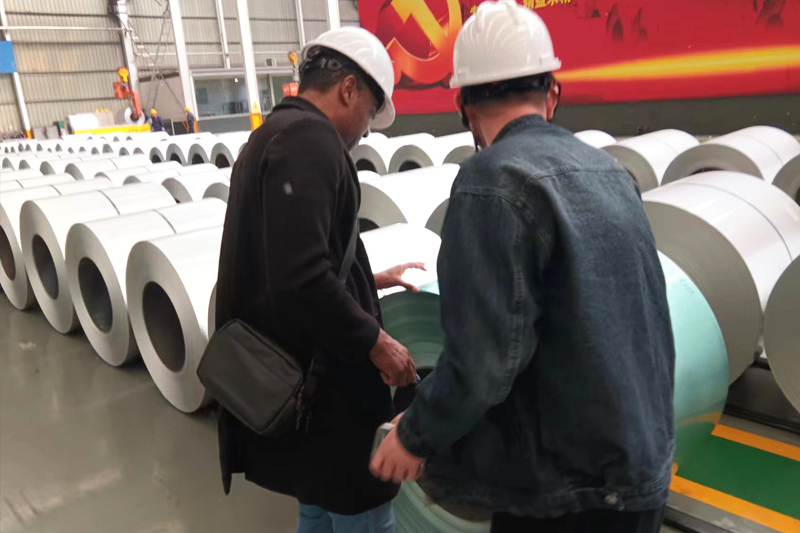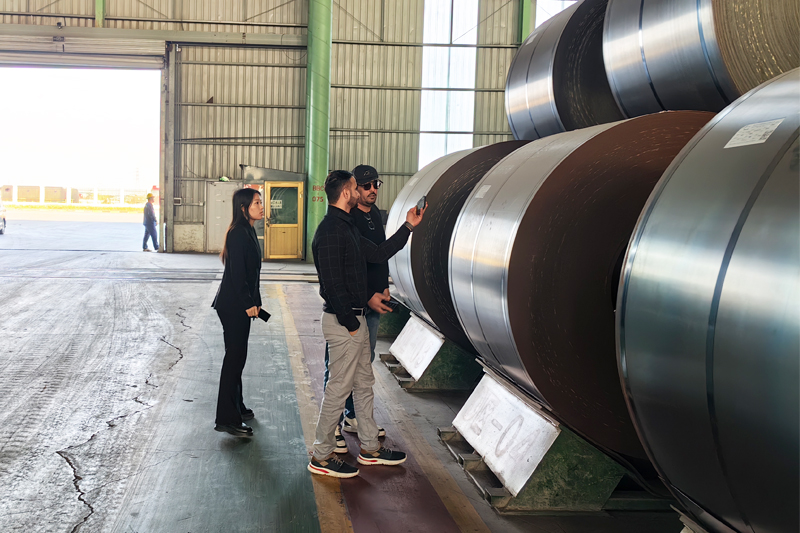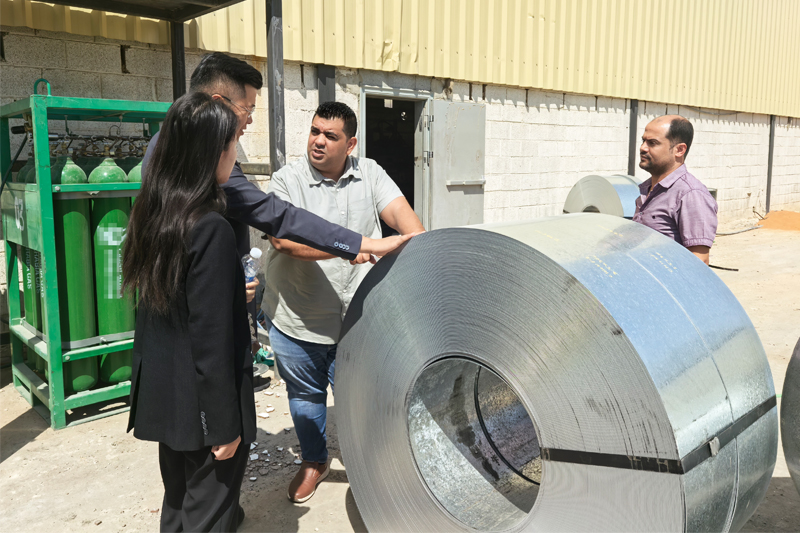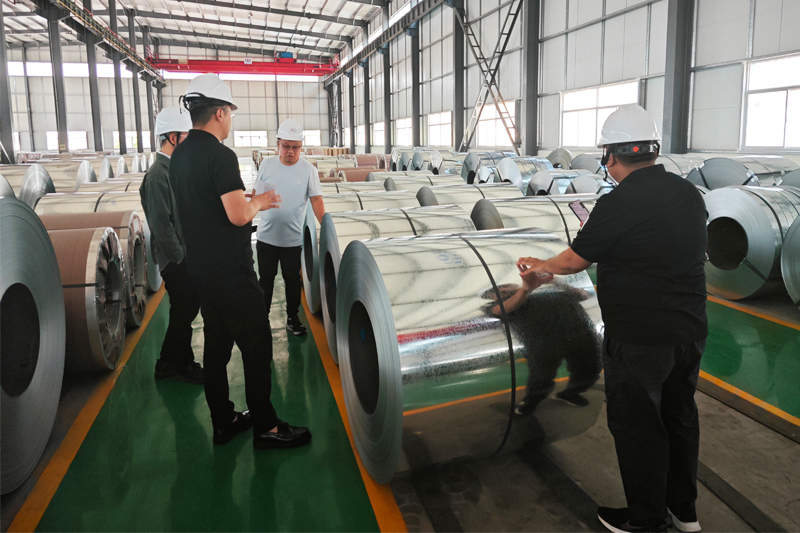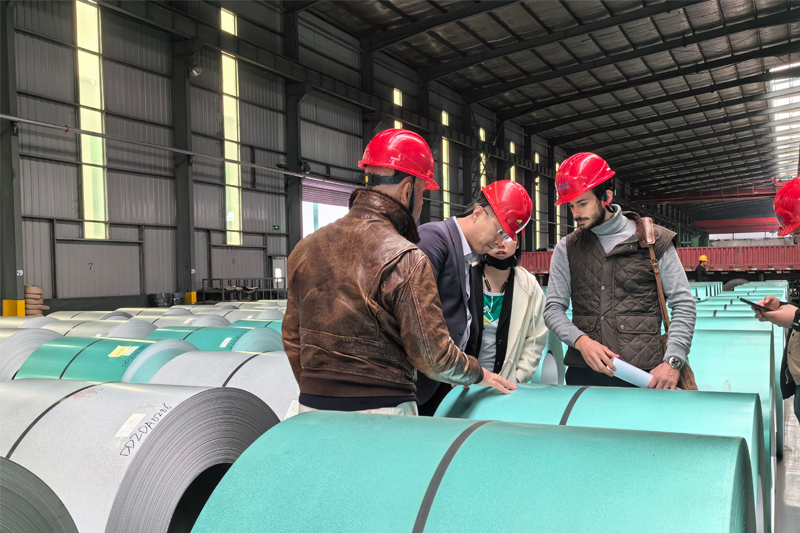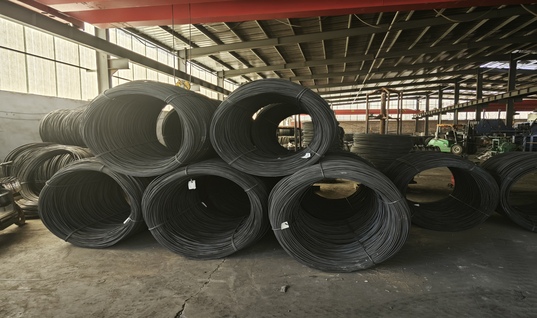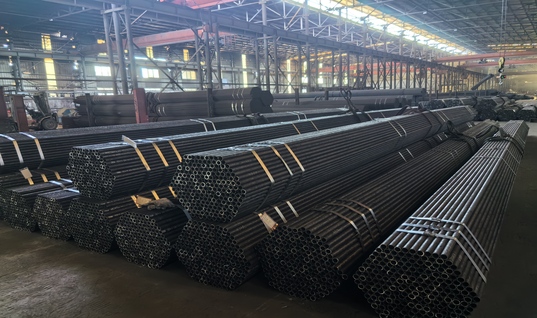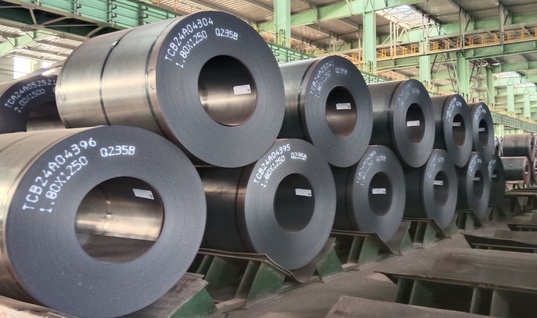In the dynamic realm of the construction industry, construction steel stands as a fundamental and indispensable material. The price trends of construction steel not only mirror the industry's operational conditions but also have a far - reaching impact on the entire construction project costs and market competitiveness. This article delves into the latest price trends of construction steel and comprehensively analyzes the influencing factors, providing valuable insights for industry players, investors, and all parties concerned.
Current Trends in Construction Steel Prices
In recent times, the price of construction steel has been on a fluctuating trajectory. According to the latest market data, in the first half of 2025, the overall price of construction steel in the domestic market showed a downward trend with fluctuations. For example, taking the price of rebar, a common construction steel variety, as an indicator, the highest price in the first half of the year was around 3500 yuan per ton at the beginning of January, while the lowest price dropped to approximately 3196 yuan per ton on June 3rd. The average price in the first half of 2025 was 3359 yuan per ton, a significant decrease of 492 yuan per ton compared to the same period in 2024, with a decline rate of about 12.78%.
This price trend can be further dissected into several distinct stages. Before the Spring Festival in 2025, due to the slowdown in demand and weak winter storage expectations, the market price was mainly on a downward trend. After the Spring Festival, the demand did not meet expectations, and steel mills resumed production. The situation of increased supply and weakened demand led to a continuous decline in prices. Since the second quarter, under the shadow of Sino - US reciprocal tariffs and affected by factors such as plum rains and typhoons, the demand became increasingly weak. The spot price continued to decline, hitting new lows, with a price difference between the highest and lowest points of about 500 yuan per ton.
However, looking at the short - term market situation in July 2025, there have been some signs of change. The spot price of construction steel has shown a slight upward trend in some regions. For instance, in the East China region, the actual transaction price of rebar has stabilized and even increased slightly. The reasons behind this short - term price change are complex and are related to various factors in the market, which will be analyzed in detail below.
Influencing Factors of Construction Steel Prices
Supply - side Factors
1.Steel Mill Production Capacity and Output Adjustment
Steel mills play a crucial role in determining the supply of construction steel. When steel mills expand their production capacity, for example, by commissioning new production lines or increasing the operating rate of existing facilities, the market supply of construction steel will increase significantly. In contrast, if steel mills face issues such as equipment maintenance, production line transformation, or are affected by environmental protection policies to limit production, the output will decrease, thereby affecting the market supply. In 2025, some steel mills in certain regions have adjusted their production plans. Due to the relatively low profit margins in the construction steel sector, some mills have reduced the production of construction steel products and shifted to the production of other high - value - added steel products, resulting in a certain reduction in the market supply of construction steel.
2.Inventory Levels
The inventory level of construction steel is an important factor reflecting the supply - demand relationship. High inventory levels often indicate an oversupply situation in the market, which will put downward pressure on prices. Conversely, low inventory levels may prompt price increases due to concerns about supply shortages. As of June 2025, according to market research data, the social inventory of construction steel in many regions has been at a relatively low level compared to previous years. The peak inventory of rebar in 2025 was 946.05 tons, which occurred at the end of February in the Gregorian calendar, a significant 34.4% decrease compared to the peak value of 1442.43 tons in the same period last year. This low - inventory situation has provided some support for the recent price increase in construction steel.
Demand - side Factors
1.Construction Industry Development
The construction industry is the main consumer of construction steel. The scale of construction projects, including real estate development, infrastructure construction, and industrial construction, directly affects the demand for construction steel. When the construction industry is booming, with a large number of new projects starting and existing projects progressing smoothly, the demand for construction steel will increase substantially. However, in recent years, due to the adjustment of the real estate market in some regions and the slowdown in the growth rate of infrastructure construction investment, the overall demand for construction steel in the construction industry has shown a certain degree of weakness. For example, the data from the American Institute of Architects' Architecture Billings Index remaining contractionary at 45.4 points in December reflects the slowdown in new non - residential construction projects in the United States, which has had an impact on the demand for construction steel.
2.Seasonal Factors
Seasonal changes also have a significant impact on the demand for construction steel. In general, the construction off - season, such as winter in some cold regions and the rainy season in some areas, will lead to a slowdown in construction progress, resulting in a decrease in the demand for construction steel. In contrast, the construction peak season, such as spring and autumn in most regions, will drive up the demand for construction steel. In 2025, the continuous plum rain and typhoon weather in the second quarter affected the construction progress in many southern regions of China, leading to a significant weakening of the demand for construction steel during this period.
Raw Material Cost Factors
1.Iron Ore Prices
Iron ore is one of the most important raw materials for steel production. Fluctuations in iron ore prices directly affect the production cost of construction steel. When iron ore prices rise, steel mills' production costs increase, which may prompt them to raise the price of construction steel. Conversely, a decline in iron ore prices can reduce the production cost of construction steel. In 2025, the price of iron ore has shown a certain degree of volatility. The DCE iron ore futures have fluctuated within a certain range, and the i2509 contract closed at 710.5 yuan/mt (down 0.49%). Although the overall price has not shown a significant upward or downward trend, its fluctuations still have an impact on the cost of construction steel.
2.Coking Coal and Coke Prices
Coking coal and coke are also essential raw materials in the steel - making process. The price trends of coking coal and coke are closely related to the production cost of construction steel. The coking coal market has shown a relatively bearish outlook in 2025. Low - sulfur coking coal is currently quoted at 1310 yuan/mt in Linfen and 1370 yuan/mt in Tangshan. The relatively loose supply conditions of coking coal may bring cost relief to steel producers, which has a certain impact on the price of construction steel. The coke market remains relatively stable, with premium metallurgical coke (dry quenching) averaging 1680 yuan/mt nationwide.
Macroeconomic and Policy Factors
1.Macroeconomic Conditions
The overall macroeconomic situation has a profound impact on the construction steel market. In a period of economic growth, construction investment usually increases, driving up the demand for construction steel and pushing up prices. Conversely, during an economic recession or slowdown, the demand for construction steel will weaken, and prices will face downward pressure. Global economic instability, trade frictions, and other factors can also affect the international trade of construction steel, thereby affecting its price. For example, the ongoing trade disputes between some major economies have affected the export of construction steel, leading to an oversupply situation in some domestic markets and putting pressure on prices.
2.Policy Regulations
Government policies and regulations also play an important role in the construction steel market. Environmental protection policies may require steel mills to increase investment in environmental protection facilities, which will increase production costs and may be reflected in product prices. In addition, policies related to the real estate industry, such as purchase restrictions, loan restrictions, and regulatory policies on real estate development, will affect the scale of real estate construction and thus the demand for construction steel. In some regions, the government has introduced policies to support infrastructure construction, which may stimulate the demand for construction steel in the short term.
In conclusion, the price trends of construction steel are affected by a combination of multiple factors. Understanding these trends and factors is of great significance for industry participants to make reasonable production, procurement, and investment decisions. As the market environment continues to change, continuous attention and in - depth analysis of these influencing factors are needed to better adapt to the development of the construction steel market.


